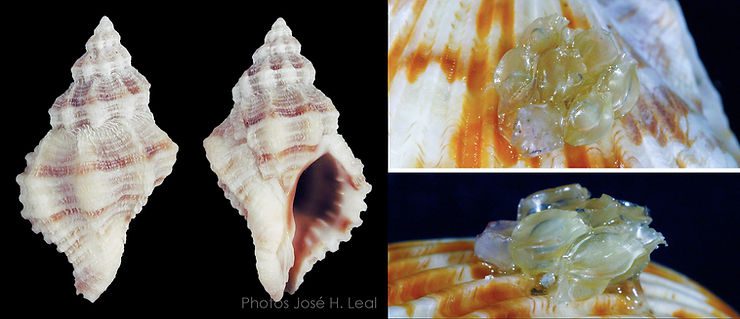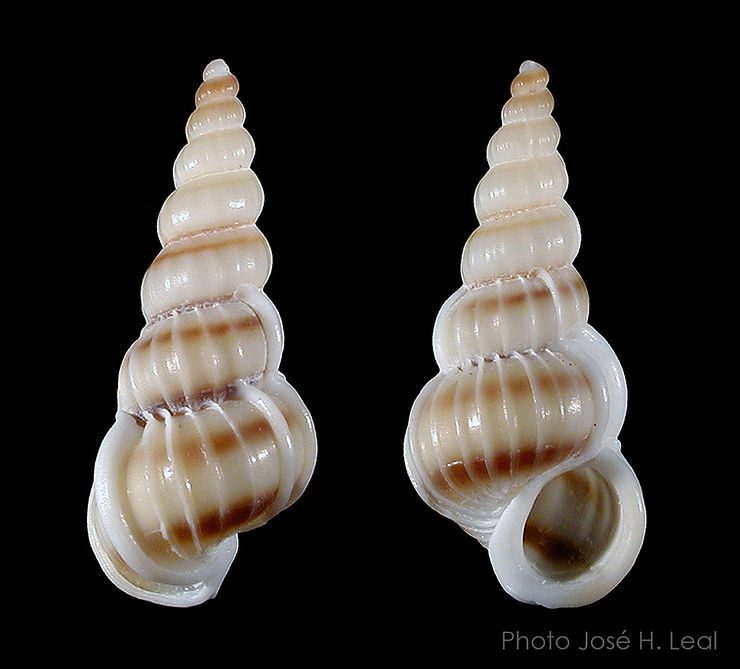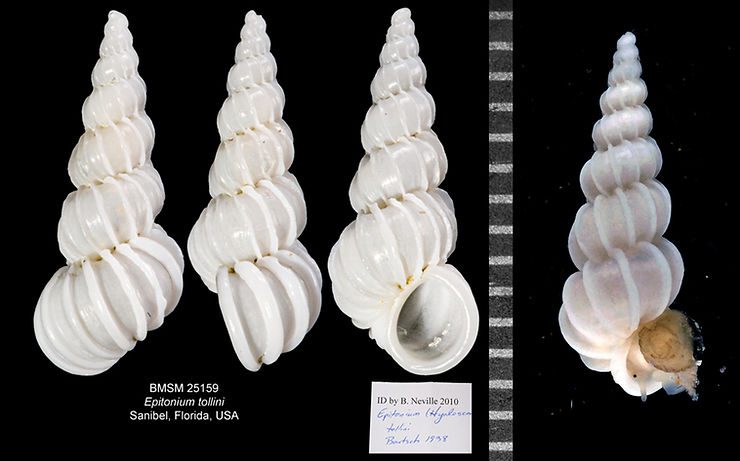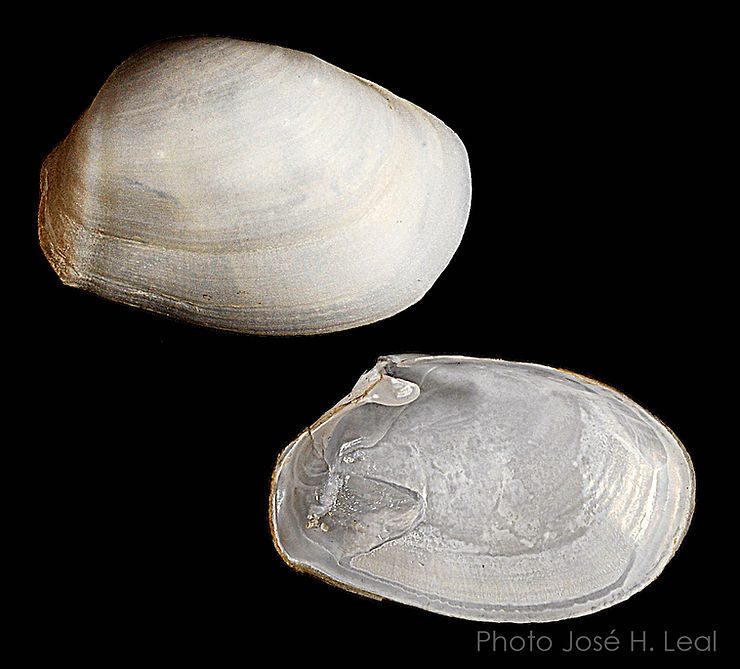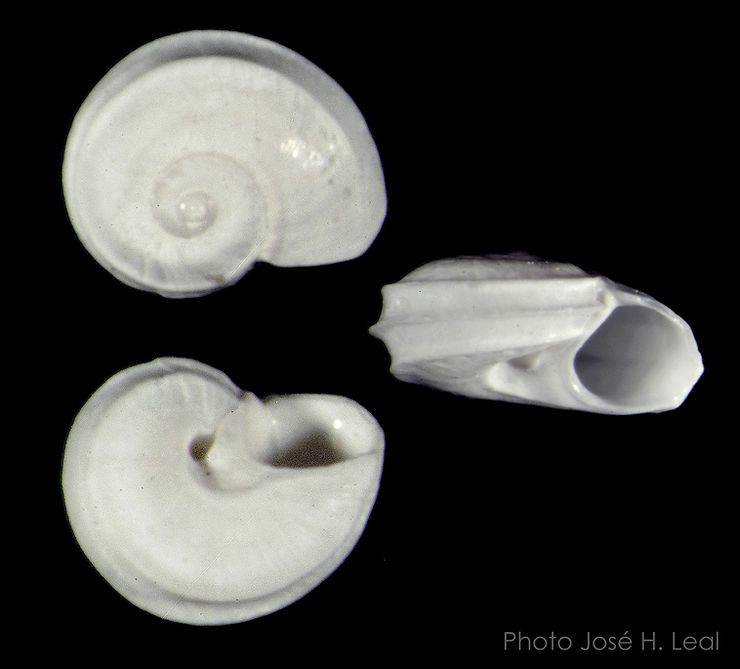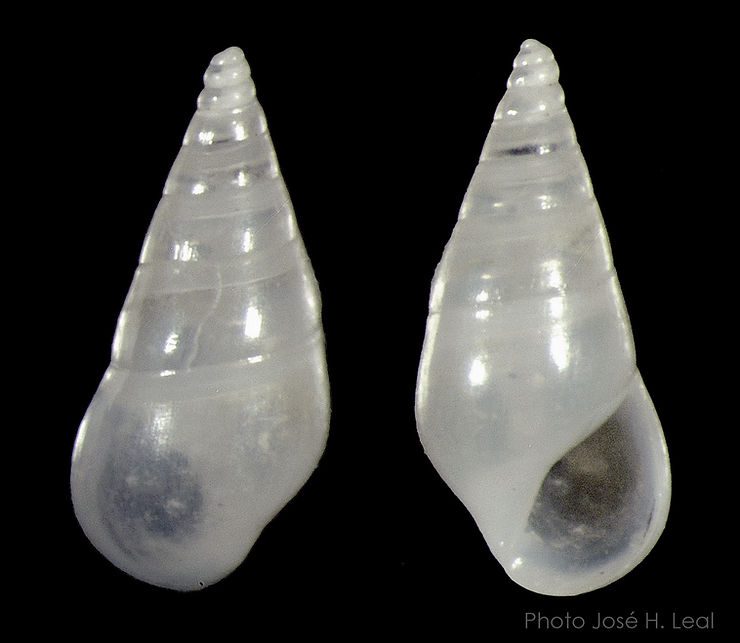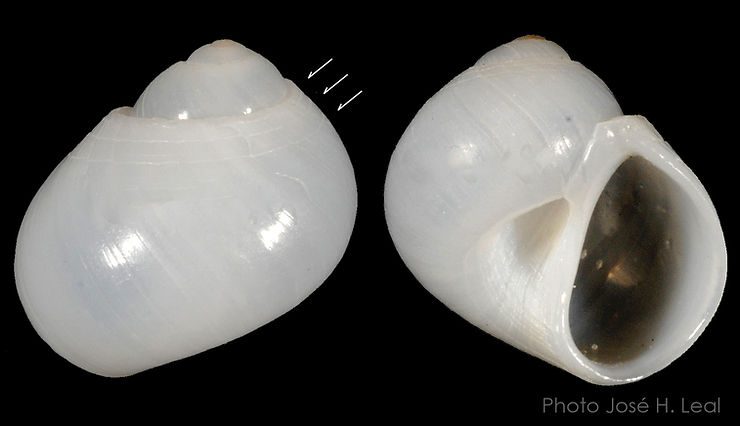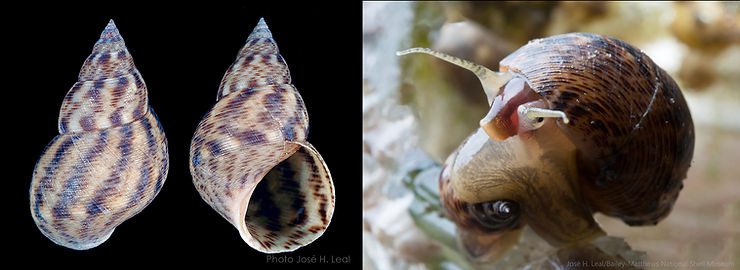
The Mangrove Periwinkle
This is another encore for a local species, as I featured the Mangrove Periwinkle, Littoraria angulifera (Lamarck, 1822), originally in this column on May 29, 2015. As the vernacular name implies, Mangrove Periwinkles inhabit the trunks and branches of mangrove trees, in particular those of the Red Mangrove. Periwinkles may reach 1.25 inches; they are marine snails highly adapted at living completely out of sea water, usually high above the intertidal ("between tides") zone. Mangrove Periwinkles

